A Spinning Planet: The Rhythm of Life
Sleep and rest are the quiet architects of human vitality, orchestrated by the body’s natural 24-hour rhythm the circadian cycle. Governed by the brain’s suprachiasmatic nucleus (SCN), this rhythm synchronises every biological process, from hormone release to body temperature regulation, aligning us with the dance of light and darkness that defines our planet’s spin¹.
Each night, we move through four distinct stages of sleep in roughly 90-minute cycles. Deep sleep acts as the body’s restoration chamber repairing tissues, strengthening the immune system, and regulating metabolism while REM sleep fuels the mind, consolidating memories and sparking creativity. Together, these cycles sustain our physical, emotional, and cognitive balance.
Yet rest is more than sleep. Intentional stillness through meditation, slow breathing, or quiet reflection activates the parasympathetic nervous system, lowering stress and nurturing recovery. Both sleep and conscious rest allow us to synchronise with our circadian rhythm, cultivating resilience, clarity, and peak performance.
Life itself thrives on oscillation the constant ebb and flow between activity and recovery. This natural rhythm mirrors the universal pulse found everywhere: day and night, inhalation and exhalation, effort and surrender. These oscillations aren’t mere patterns they are life’s foundation, weaving harmony through every heartbeat and breath.
As daylight arrives, cortisol levels rise to fuel energy, focus, and growth. As darkness returns, melatonin gently takes over, guiding the body into deep repair. This daily cycle embodies the eternal balance of yin and yang the active and the restful, each essential, each supporting the other.
Even the smallest cycles echo this truth: every breath energises through the inhale and releases through the exhale, reminding us that balance emerges not from stillness, but from movement in rhythm.
However, in today’s world, artificial light, digital overstimulation, and erratic schedules often break this natural harmony. The result? Sleep disruption, chronic fatigue, and mental unrest. Reconnecting with our biological rhythm through morning sunlight, regular rest, and mindful breathing allows us to restore equilibrium and thrive once more.
The circadian rhythm is far more than a biological clock; it is life’s metronome a reminder that well-being arises from oscillation, from the dance between order and chaos, action and surrender.
Brain Signal Variability: The Adaptive Intelligence Within
Brain Signal Variability is, in essence, the brain’s superpower its ability to stay fluid, creative, and ready for anything³. Imagine it as a skilled improviser, seamlessly adapting to the moment. High variability means the brain isn’t locked into rigid patterns; it’s dynamic, constantly exploring possibilities³ ⁵.
This flexibility forms the foundation of adaptability and resilience. Like a tree bending with the wind instead of breaking, a brain with healthy BSV can withstand stress and bounce back from adversity⁵. It allows us to stay calm under pressure, learn from mistakes, and pivot with agility when life changes course.
During wakefulness, elevated BSV promotes responsiveness and focus. As evening nears, variability in certain neural networks decreases, signalling the brain to downshift into rest. This rhythmic change supports:
-
Relaxation, by disengaging the stress response
-
Transition to light sleep, where consciousness begins to fade
-
Deep restoration, where tissue repair, hormonal balance, and memory consolidation occur
During deep sleep, lower variability provides the stability the brain needs to repair and reorganise. Yet even in this stillness, it retains enough flexibility to awaken when necessary maintaining the delicate line between rest and alertness.
In REM sleep, variability surges again. Here, the brain explores internal landscapes, processes emotions, and rehearses creative solutions² ⁴.
Even conscious rest such as meditation or yoga nidra benefits from balanced BSV. These restful states allow the brain to reset, releasing overactivity while staying aware, engaging the parasympathetic system, and restoring harmony between effort and ease.
A brain with healthy variability can recover from sleep loss, adapt to new time zones, and recalibrate after stress. This adaptability defines not just mental sharpness but emotional resilience and creativity in motion.
How to Support Brain Signal Variability and Restful Sleep
Simple, consistent practices can help optimise your BSV and restore natural rhythms:
-
Wind Down Before Sleep: Gentle movement, meditation, or soothing music help stabilise brain signals.
-
Balance Light Exposure: Seek morning sunlight to anchor wakefulness, and dim lights at night to cue rest.
-
Breathe Mindfully: Slow, deep breathing activates the parasympathetic “rest and digest” response.
-
Keep Regular Sleep Times: Consistent sleep-wake schedules strengthen your circadian oscillations.
Variable Stroboscopic Stimulation: A New Frontier in Rest and Adaptability
Emerging research shows that variable stroboscopic stimulation rhythmic, dynamic light patterns can enhance BSV and neural flexibility. This approach gently guides the brain into a more adaptive, responsive state, helping it shift seamlessly between alertness and calm.
As BSV strengthens, the brain becomes better at releasing mental tension, quieting overactivity, and syncing with the body’s natural circadian rhythm³ ⁶. The outcome is deeper sleep, faster recovery, and greater mental clarity.
The neuroVIZR Light and Sound Device applies this principle through Variable Stroboscopic Stimulation. Unlike static brain entrainment tools, neuroVIZR dynamically stimulates neuroplasticity exercising the brain’s ability to adapt within the delicate balance of order and chaos. This adaptive stimulation helps dissolve habitual rigidity, expand awareness, and enhance neural resilience³.
In nature and in the brain opposites aren’t enemies. High and low variability, wakefulness and rest, action and stillness all are partners in harmony. Together, they form the rhythm of a thriving mind, resilient body, and balanced life.










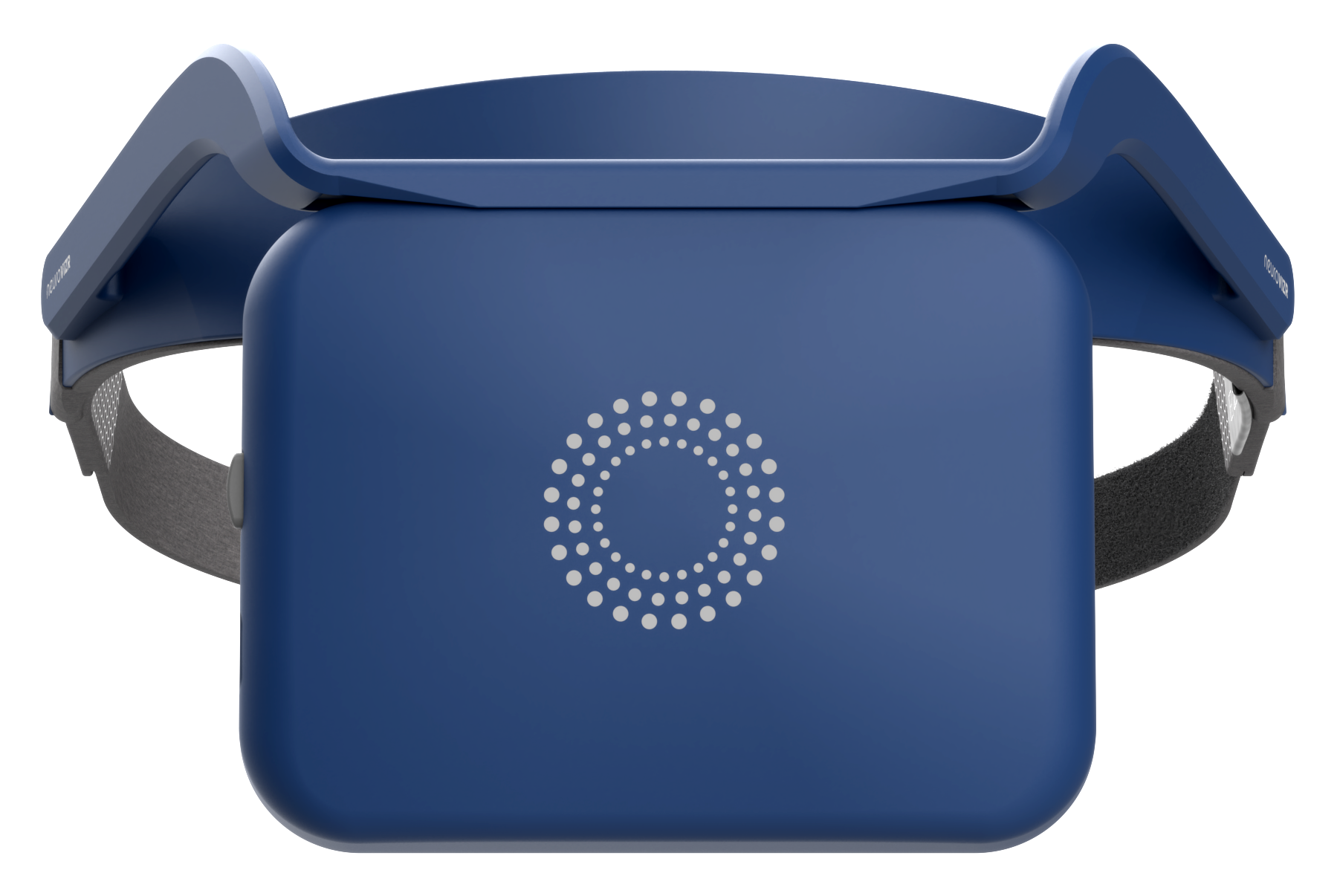


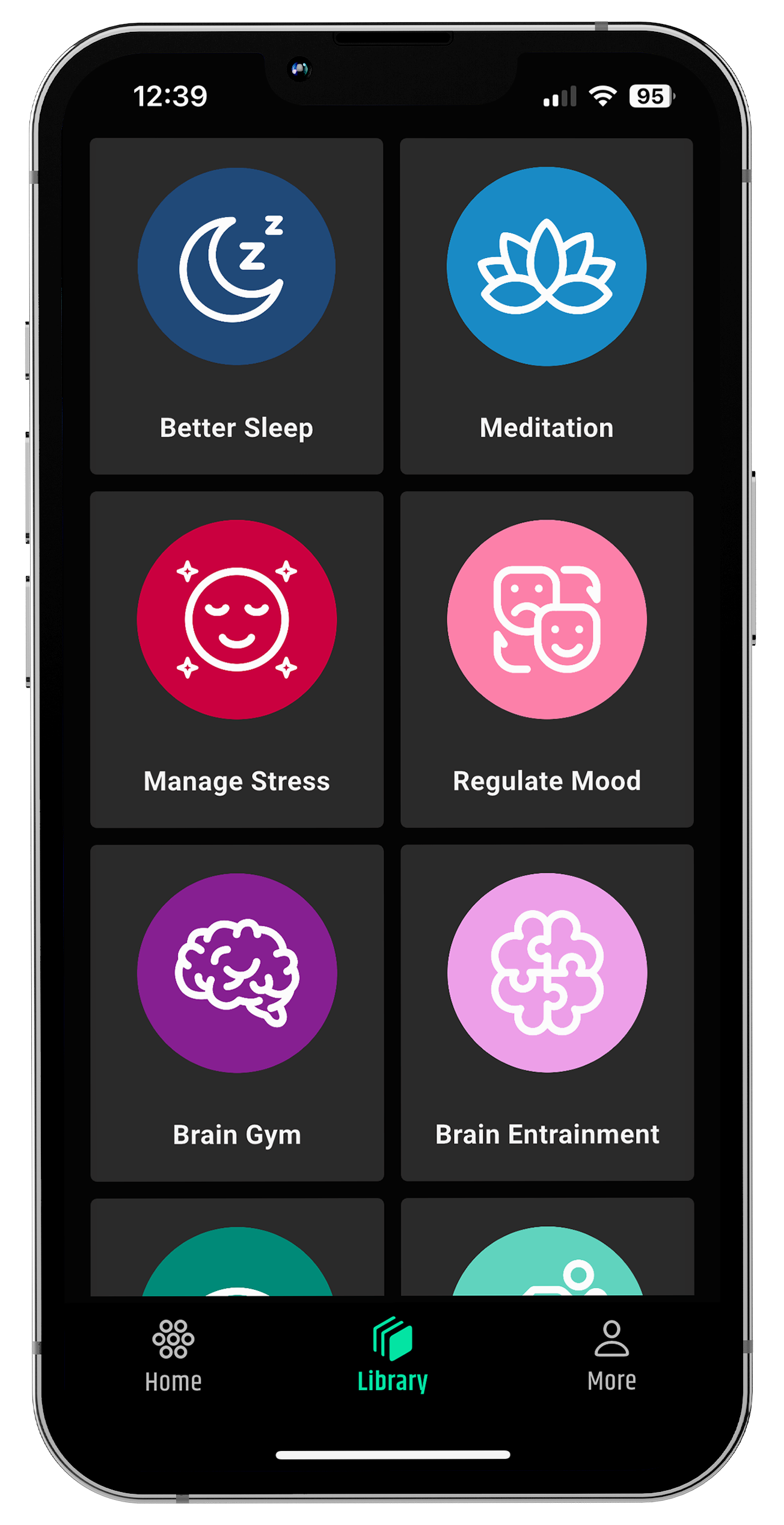
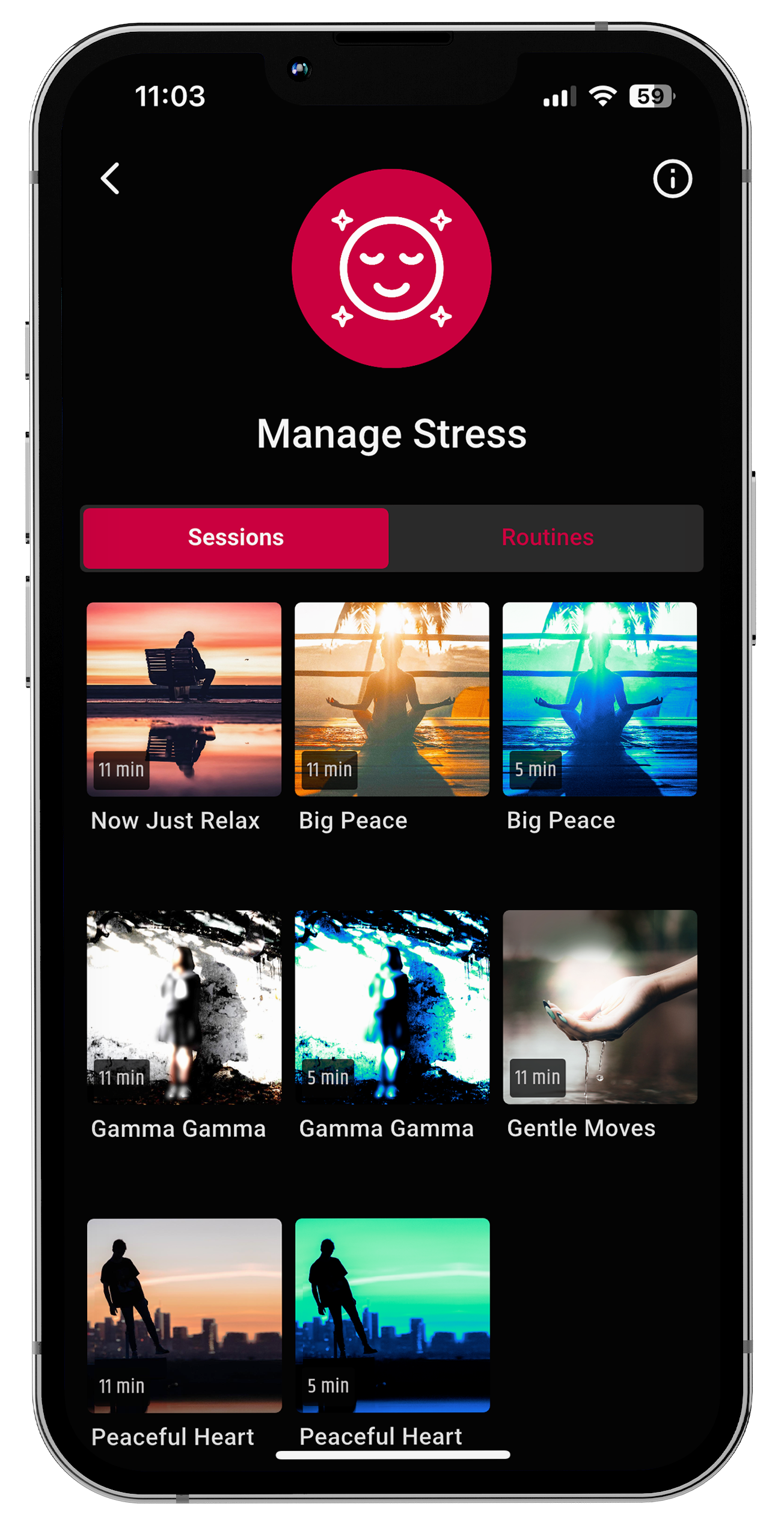
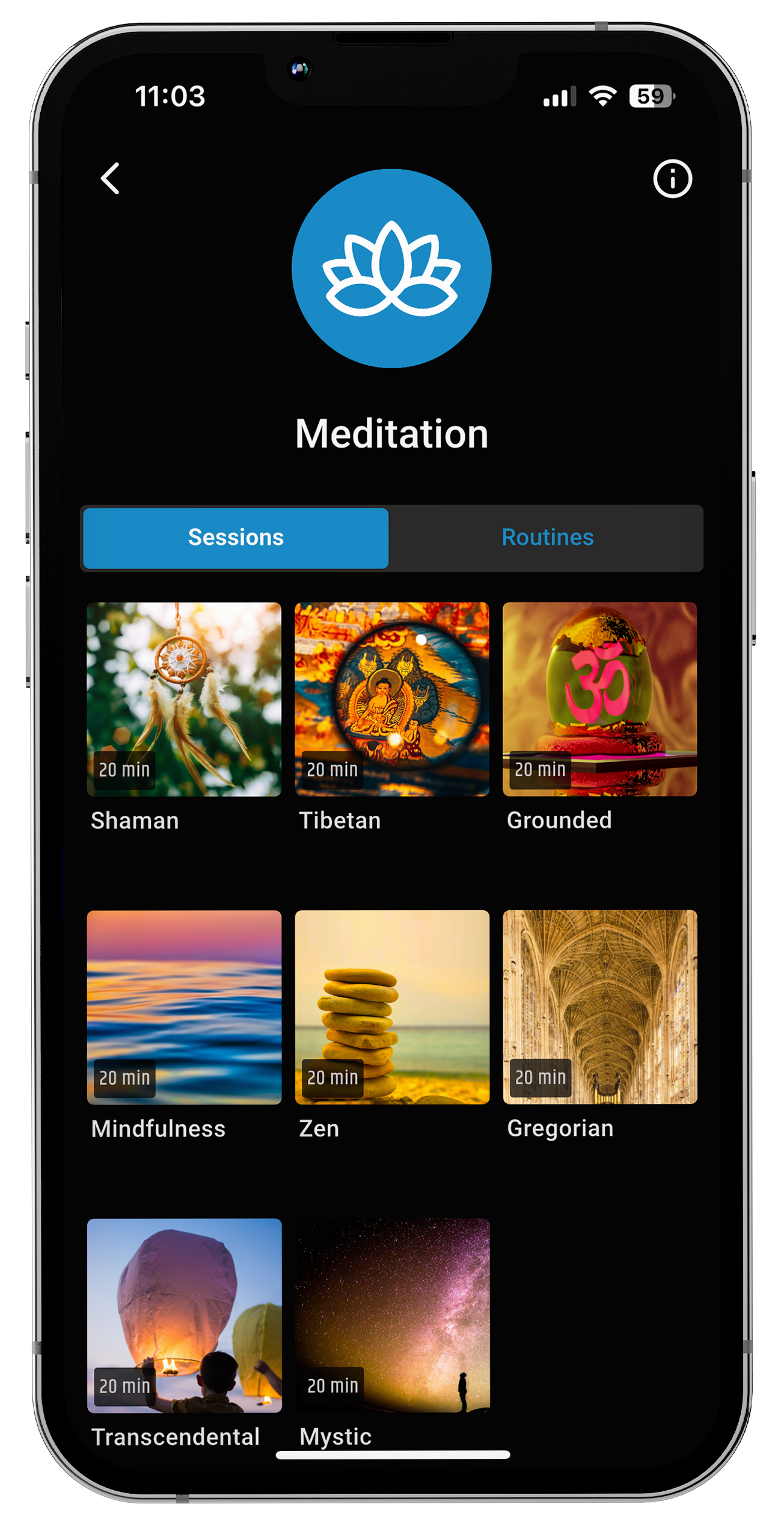
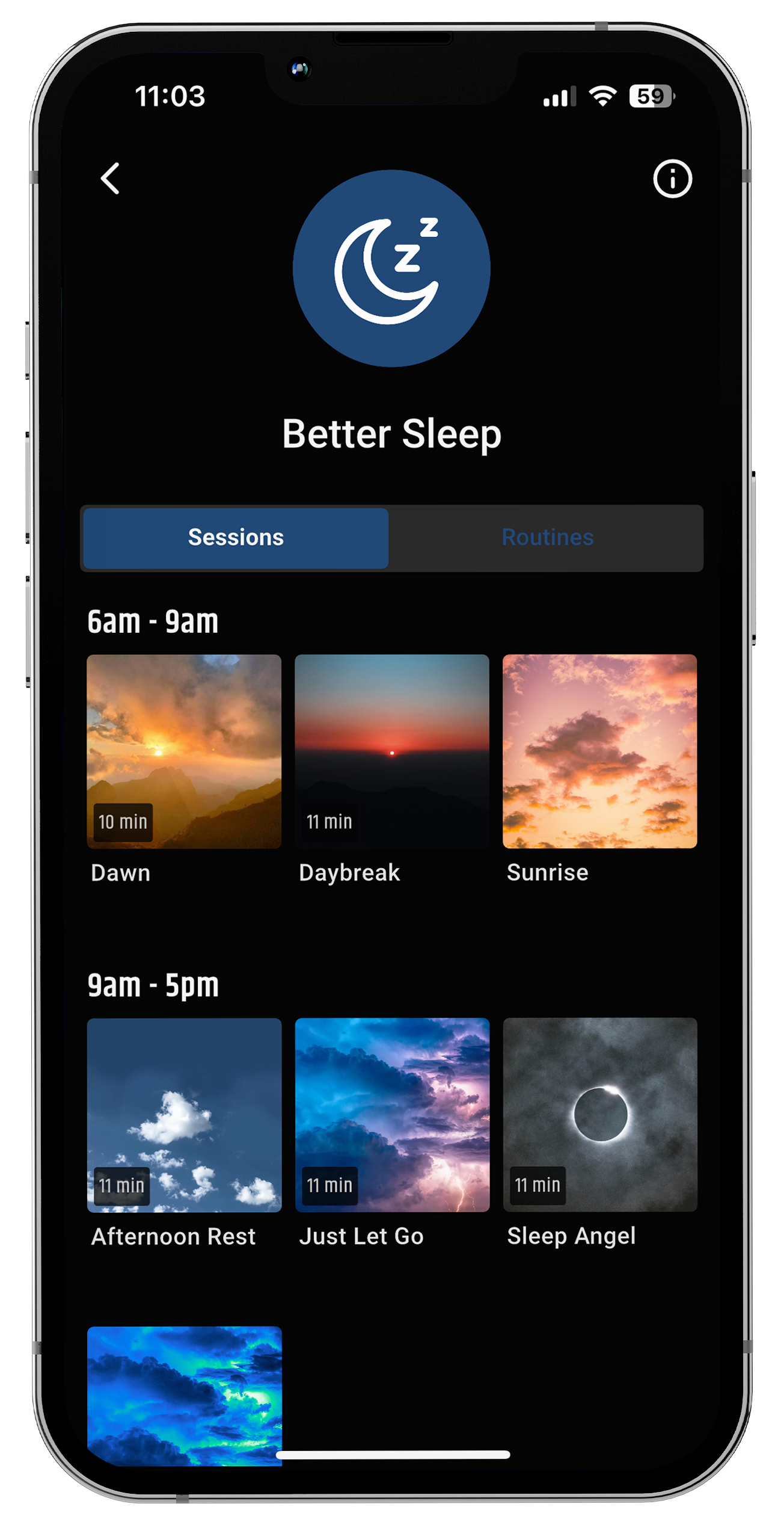
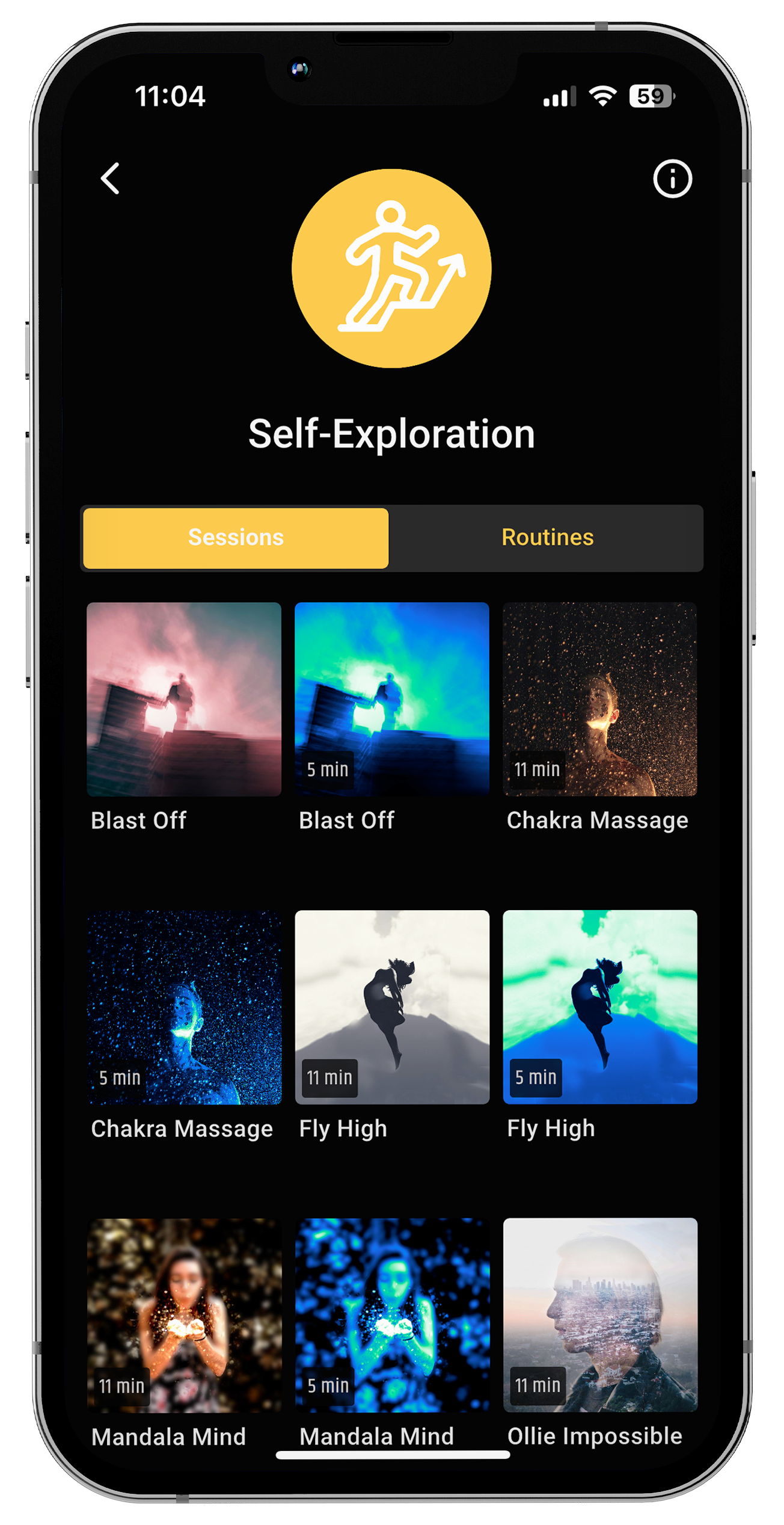



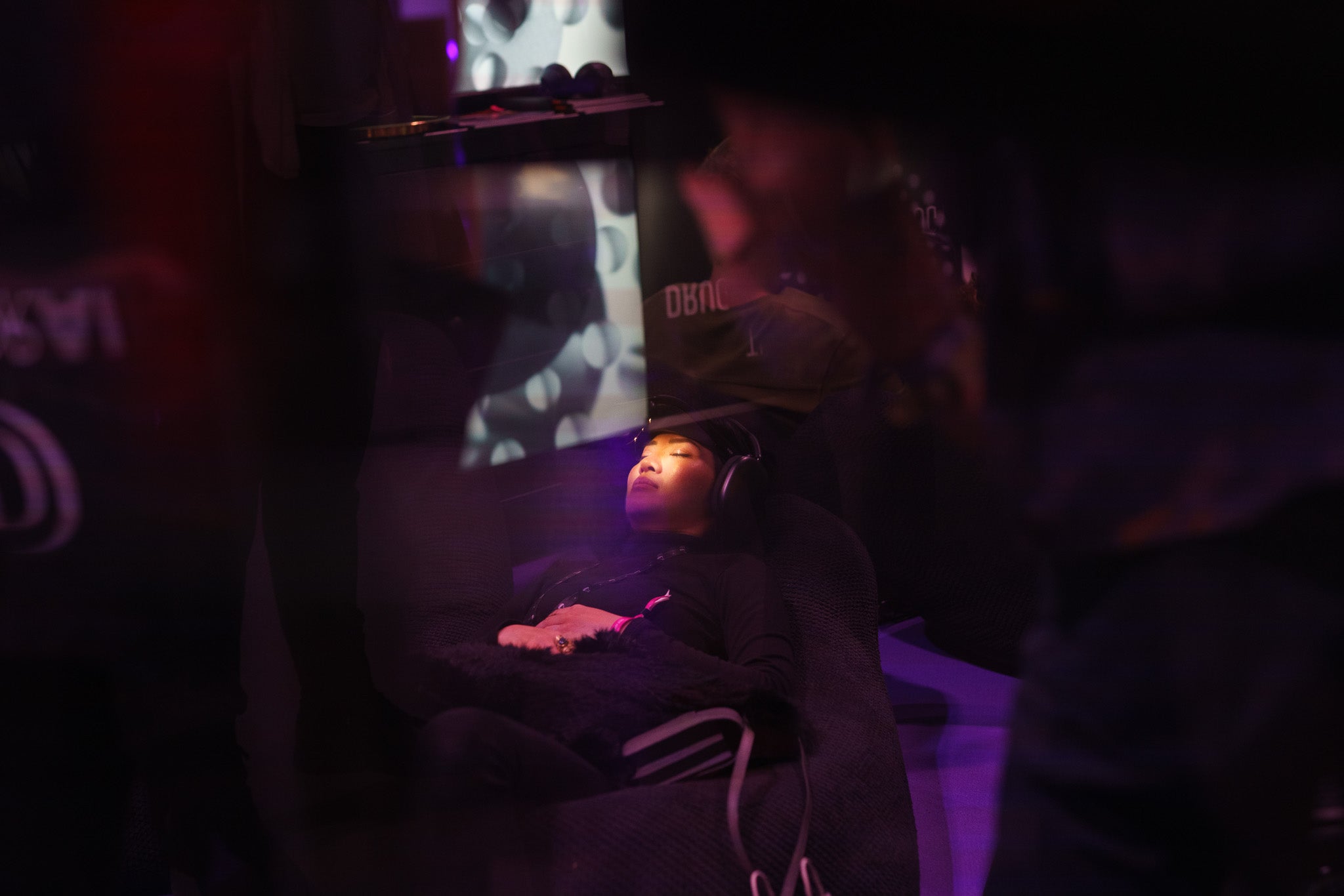




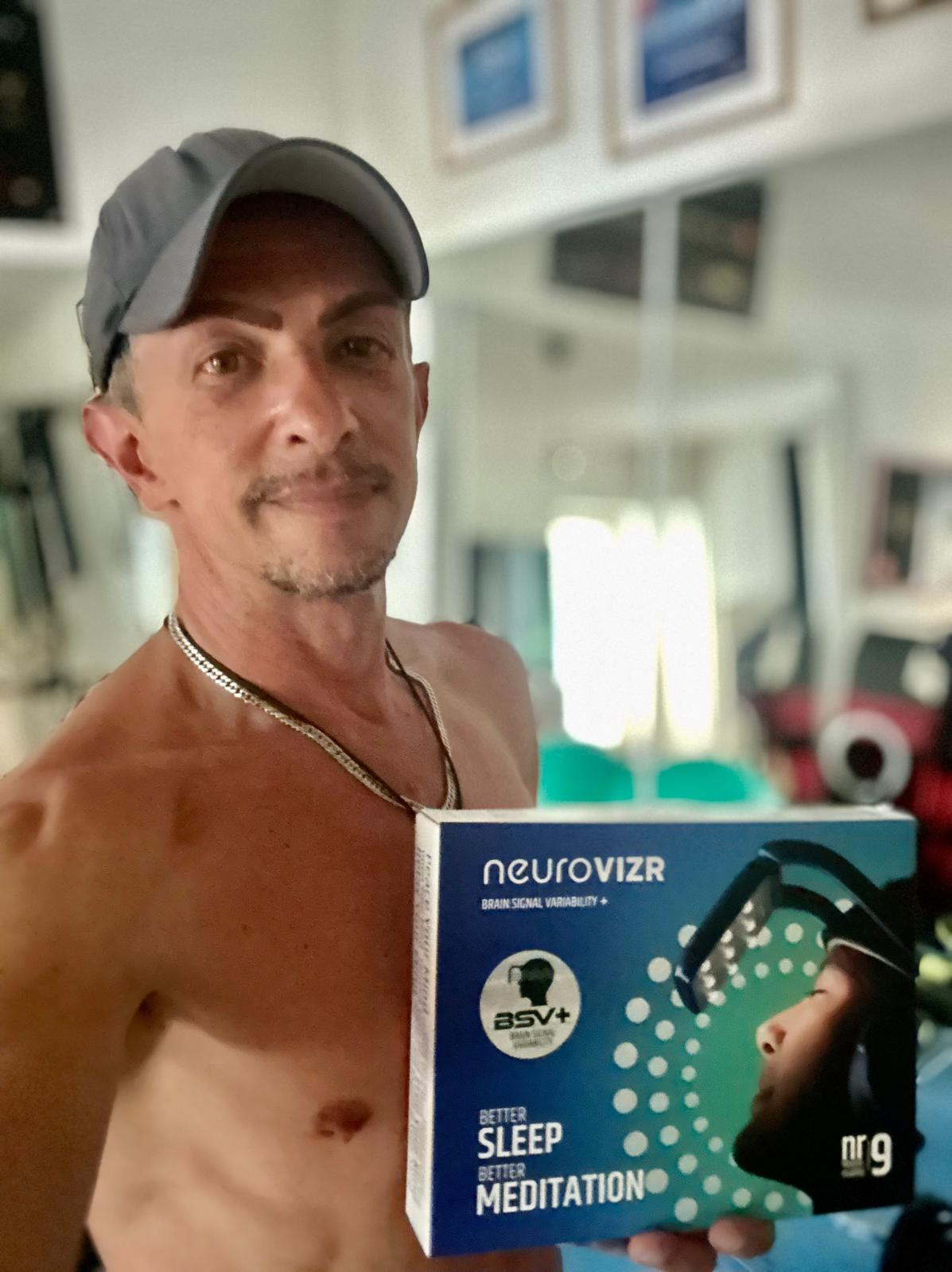
Partager:
The Power of Supercriticality: How Brain Signal Variability Fuels Creativity and Adaptability
Light, Sound, and Safety: The Neuroscience of Regulation